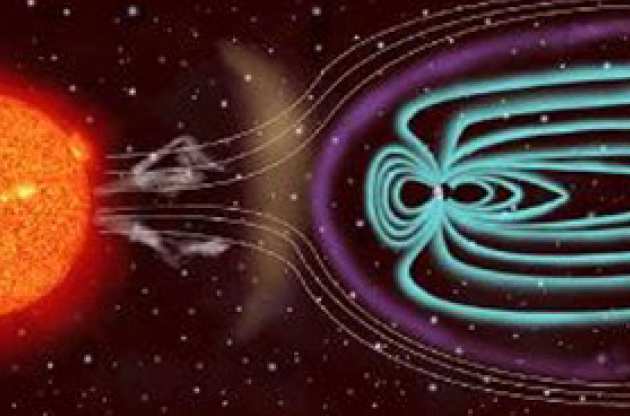
Global simulations of the interaction between the magnetised solar wind plasma and the Earth’s magnetosphere are crucial for placing satellite observations in the proper context and for providing a better understanding of magnetospheric structure and dynamics under all possible input conditions. Furthermore, magnetospheric simulations are a key component in efforts to predict space weather.
At Imperial College London, a team led by Dr. Jonathan Eastwood is now developing new cutting-edge capabilities in space plasma and space weather simulations to better understand the interaction between the Earth and the Sun. Working with colleagues in the Plasma Physics group and Prof. Jerry Chittenden, simulation codes originally developed for laboratory plasma modelling are providing the foundation for these novel capabilities which include:
- Global simulations of the solar wind – magnetosphere interaction. This work is based on the Gorgon MHD code developed in the Plasma Physics group at Imperial, which has been used to successfully model a variety of different laboratory plasma devices such as wire array Z-pinches and inertial confinement fusion experiments. The code uses a unique explicit formalism which enables efficient parallel scaling, and employs other numerical techniques and approaches that are different from other codes used to perform similar modelling, but which may provide important capability.
- Radiation belt modelling using test-particle simulations. Test-particles, representing the high-energy radiation belts, propagate through the simulated magnetosphere, and can be used to study extreme events in particular. The radiation belt modelling is performed in parallel with the magnetospheric simulation, providing more accurate results.
Recent highlights include
- Modelling Neptune's magnetosphere. Neptune, whose magnetosphere was encountered by Voyager 2, was found to have a highly offset dipole, representing a significant modelling challenge.
- Variable solar wind and its impact on the shape of the outer magnetospheric boundaries.
- Magnetosphere-ionosphere coupling, and the effect of dipole tilt.
Our simulation work is contributing to two UK consortia focussed on space weather:
- SWIGS: Understanding the space weather impact on grounded infrastructure.
- Rad-Sat: Modelling the acceleration, transport and loss of radiation belt electrons to protect satellites from space weather.
Current research topics include:
- 3D reconnection
- Magnetosphere-ionosphere coupling and the formation of ground induced currents
- Prompt formation of the radiation belts during extreme space weather events
- Kelvin-Helmholtz instabilities on the Earth's magnetopause
- Model coupling, downscaling, and data assimilation
Personnel
Senior personnel associated with Space Weather Simulation within the Group include: